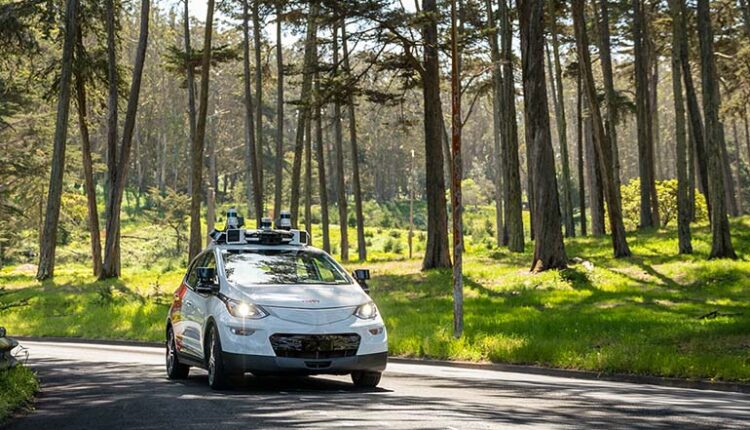|
Listen to this article  |
Exciting news! @Cruise has received approval from the DMV to expand our commercial deployment area to the full 7×7 of San Francisco, 24/7. pic.twitter.com/S46qiwUYcW
— Kyle Vogt (@kvogt) December 16, 2022
Cruise, GM’s self-driving unit, announced that it is expanding its service area just days after the National Highway Traffic Safety Administration (NHTSA) announced it was opening an investigation into the company’s automated driving system.
Kyle Vogt, the CEO and co-founder of Cruise, announced on social media that the company received approval from the California DMV to expand its commercial deployment area. The company can now offer robotaxis within San Francisco’s seven-mile by seven-mile area, with a few streets excluded. The robotaxis can operate 24/7.
According to Vogt, Cruise is still waiting for approval from the California Public Utilities Commission (CPUC) to expand its commercial passenger service to the entire city.
However, just days ago, NHTSA announced that it is opening an investigation into the autonomous driving system powering Cruise’s robotaxis. In a filing, NHSTA said it was interested in two different issues that had been reported to the administration that both result in the robotaxis becoming hazards for others on the road.
The first is an issue with Cruise robotaxis reportedly braking too hard. NHTSA said that had received three reports of a Cruise vehicle braking too hard in response to a car approaching them quickly from the rear. Each of these incidents resulted in the Cruise vehicles being struck from behind.
While there was a human supervisor behind the wheel in each of these incidents, NHTSA says that the hard braking was initiated by the vehicle’s autonomous driving system. The company recently released a software update that aimed to improve discomfort braking by 15% and improve the way Cruise vehicles behave around rear approaching vehicles.
The second issue being investigated by NHTSA involves Cruise robotaxis becoming immobilized on the road. The administration said it had received several reports of Cruise vehicles stalling on the road, with no human operator present. These stalled robotaxis become hazardous for other drivers.
In June, nearly 60 Cruise vehicles stalled for 90 minutes after they lost touch with a Cruise server, according to reporting from Wired. A month earlier, Cruise had lost contact with its entire fleet for 20 minutes.
These seemingly random stallings are a concern for NHTSA, as the vehicles often stop in the middle of the road, or even in crosswalks, hindering traffic and emergency response vehicles.
NHTSA’s Office of Defects Investigation (ODI) is opening a preliminary investigation to determine the scope and severity of both issues. The assessment will look at the commonality and safety logic behind reports of Cruise vehicles braking too hard and the frequency and duration of the incidents where Cruise vehicles became immobilized on the road. NHTSA didn’t give any details on when it expected to close its investigation.
Along with expanding its service area, Cruise recently told Axios that it’s partnering with the University of San Francisco to offer free robotaxi rides to the school’s undergrad and graduate students through May 2023.
Credit: Source link


Comments are closed.